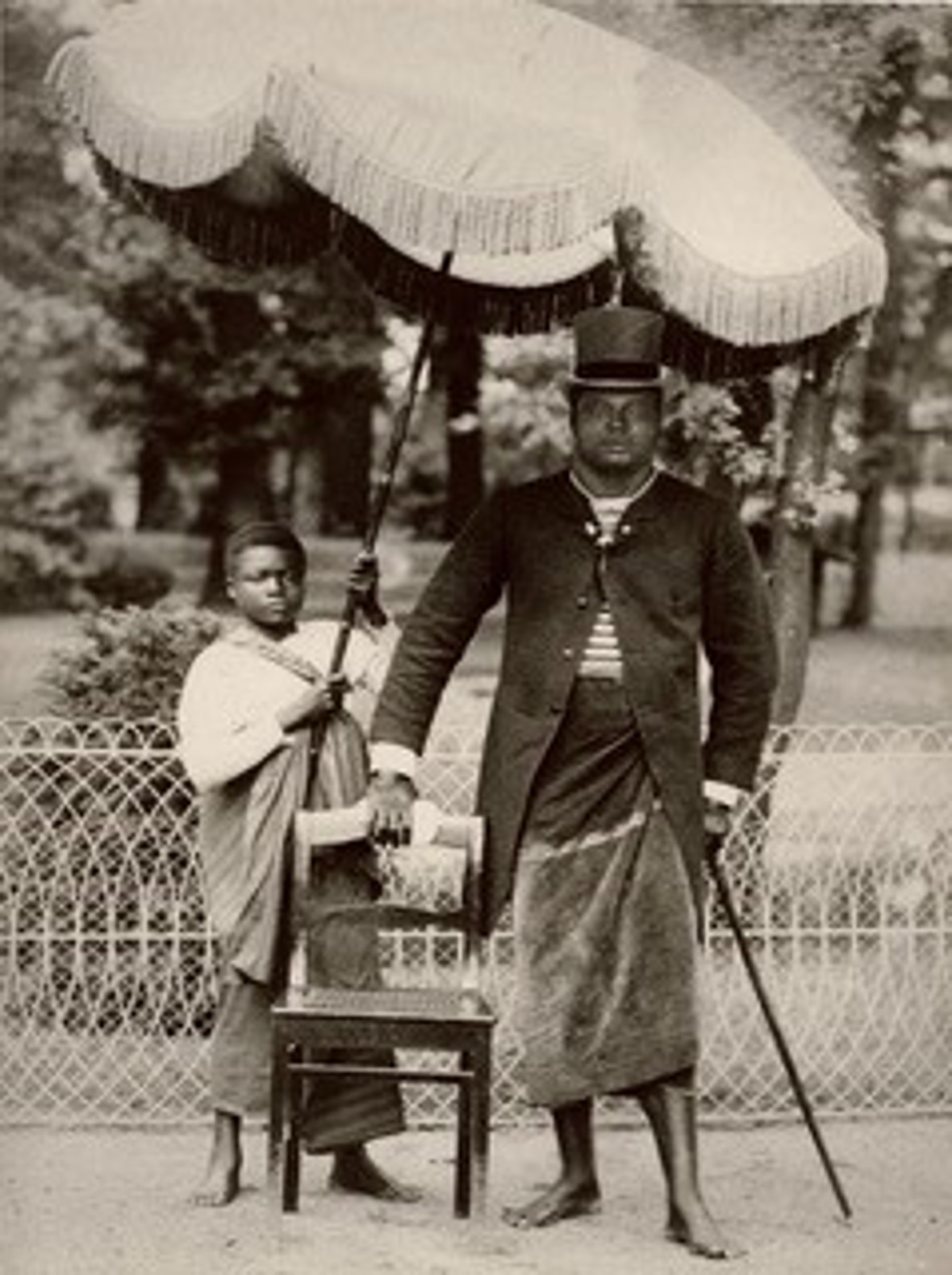

Echoes of völkerschauen, for instance, came to be seen in many works of art of the period, from Ludwig Kirchner’s woodcut Rowing Samoan Woman to Erich Heckel’s Samoan Dance, paintings and prints by the Samoan-descended artist Michel Tuffery, and works by artists of the Dresden-based collective Die Brücke. Recovering both German and Samoan interests in völkerschauen between 18, the book looks at how these Samoan ethnological displays shaped the ways German people saw foreign cultures.

For the Samoans-many of high social status-who traveled to Germany to take part in völkerschauen, the displays were seen as an opportunity to establish political ties with the colonial power.įrom Samoa With Love? traces the history of these displays of “typically” Samoan forms of music, dance, and weapons performance that could be found in amusement parks, zoos, and even at Oktoberfest.

Völkerschauen, or human ethnological displays, promised to take visitors “around the world for fifty pennies,” providing a form of popular entertainment in late-nineteenth and early twentieth-century Germany while also satisfying deepening European curiosities about exotic peoples and places.


 0 kommentar(er)
0 kommentar(er)
